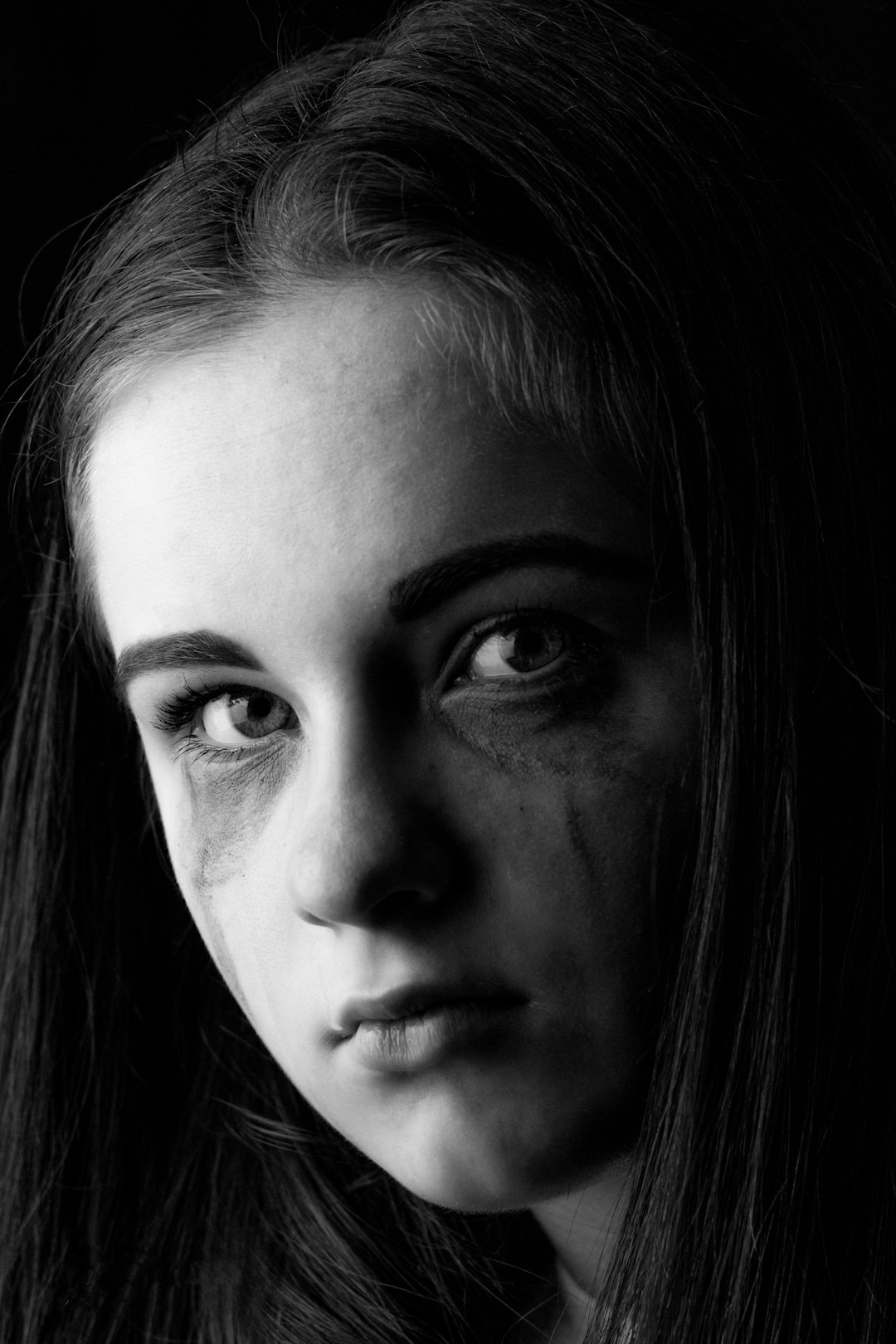The Hidden Scars: Why Society Fails to See—And Stop—Child Abuse
It’s an uncomfortable truth: for every heartbreaking story that makes headlines, countless others never surface. Why? Because child abuse isn’t just a crime behind closed doors—it thrives on our collective blindness, enabled by our myths about what danger really looks like.
The Myths That Blind Us
Most people imagine child abuse as something obvious: bruises, broken bones, or loud cries in the night. Nothing could be further from the truth. The majority of abused children go unseen, unprotected, and unhealed—not because nobody cares, but because most of us desperately want to believe it’s happening somewhere else, to someone else.
Fact: Over 75% of child abuse cases involve neglect or emotional mistreatment, not physical harm—and signs are easily misread or dismissed.
The Culture of Silence
Table: Why Child Abuse Remains Hidden
| Factor | How It Masks Abuse | Societal Consequence |
|---|---|---|
| Family Privacy | Outsiders hesitate to "interfere" | Abuse stays unchecked in the home |
| Trusted Perpetrators | Abusers are often family/close acquaintances | Victims are doubted or shamed |
| Lack of Education | Few recognize emotional, psychological signs | Subtle abuse flies under the radar |
| Outdated Stereotypes | “Good families” can’t be abusive | Middle/upper class kids go unnoticed |
| Trauma Response | Victims protect abusers or stay silent | Early signs are missed by teachers/doctors |
When Technology Becomes a Double-Edged Sword
In the digital age, new forms of child abuse have emerged—online grooming, cyberbullying, and exploitation flourish behind screens. Artificial intelligence is being used to flag disturbing content, but also to create deepfakes and blackmail children.
Technology: Protection or Peril?
| Technology/Trend | Helps Spot Abuse? | Risks/Controversies |
|---|---|---|
| Surveillance Cams | Sometimes | Privacy invasion, racial bias |
| Social Media | Rarely | Cyberbullying, predator access |
| AI Monitoring | Potentially | False positives, algorithmic errors |
The Ethical Dilemma: Privacy vs. Safety
Are we ready to sacrifice privacy—ours and our children’s—in pursuit of safety? Some argue that more surveillance and mandatory reporting protect the vulnerable. Others warn of a world where every family is treated as suspicious.
Conflicting Perspectives:
| Viewpoint | Pros | Cons |
|---|---|---|
| Mandatory Reporting | More cases identified early | Over-reporting, family disruption |
| Minimal State Oversight | Family autonomy, less state power | Many abused children not identified |
The “Good Family” Illusion
History is riddled with examples where child abuse was “hidden in plain sight”—from elite communities to respected religious organizations. The public finds it easier to believe monsters lurk far from suburbia. But the statistics paint a damning picture: abuse and neglect span every socioeconomic, racial, and cultural line. The real enemy isn’t the stranger—it’s denial.
Surprising Realities
- Child abusers are more likely to be relatives than strangers.
- Most victims never disclose their trauma until adulthood—if ever.
- Countries with “reporting hotlines” see spikes in reports during school holidays, revealing schools as safe havens for many.
- Cultural taboos prevent honest discussions, especially in societies with strong family honor codes.
The High Cost of Invisibility
Unseen abuse breeds lifelong scars—mental illness, addiction, and cycles of violence. The tragedy isn’t just the suffering of children, but the silence of adults who didn’t want to believe—or didn’t know how to act.
Changing the Narrative
To spot child abuse, society needs to discard old myths, invest in community education, embrace nuanced interventions, and—most importantly—choose truth over comfort. Until then, too many children will remain invisible, their pain drowned out by our collective unwillingness to see.
This article was inspired by the headline:
'Commentary: Child abuse is harder to spot than we think'.

Comments
No comments yet. Be the first to comment!